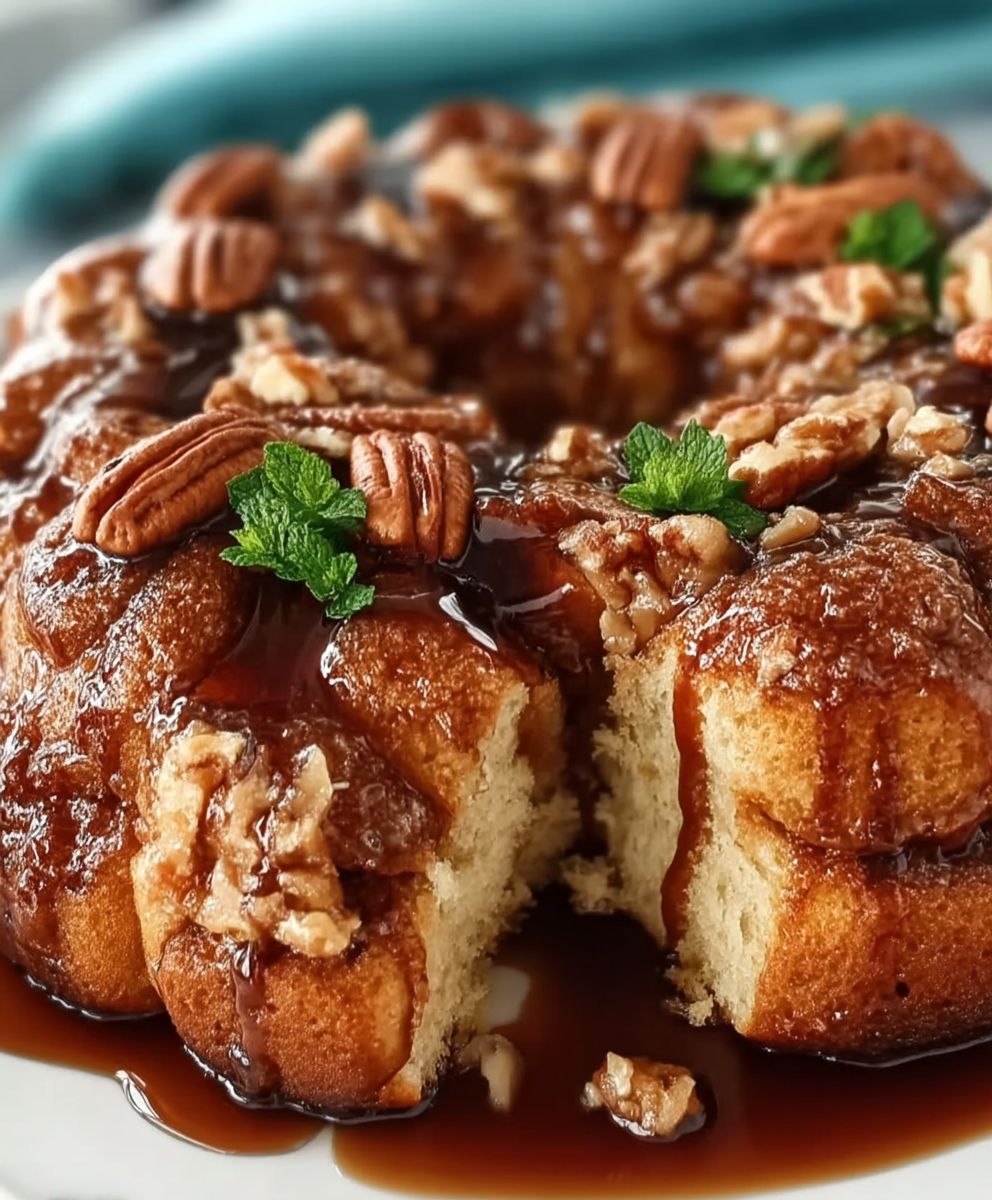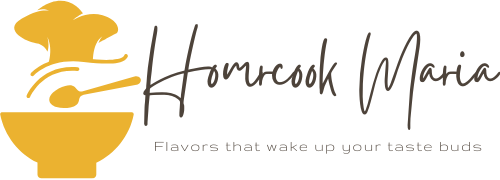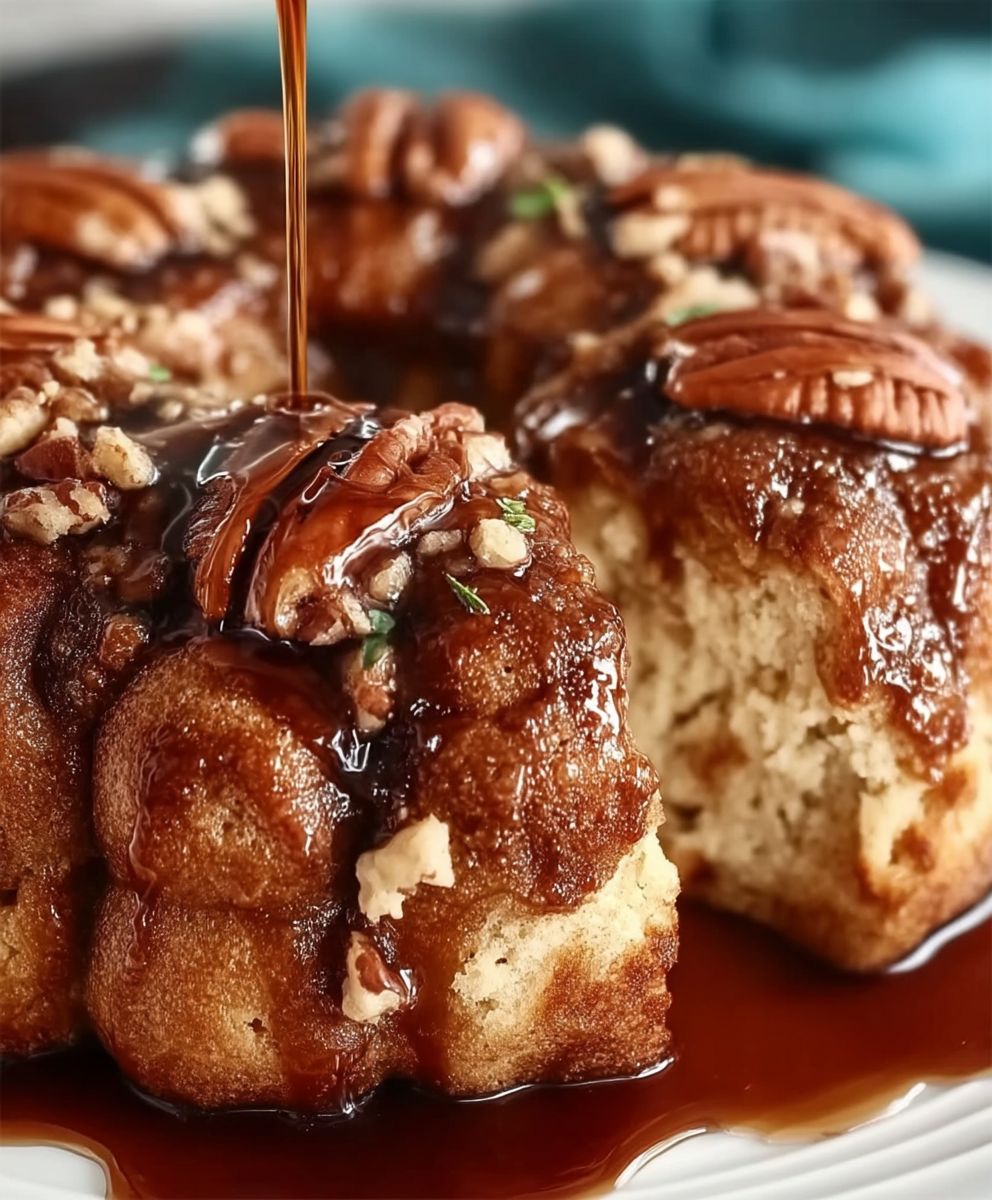Sugar Free Monkey Bread: Prepare to be amazed! Imagine pulling apart warm, gooey, cinnamon-infused bites of deliciousness, all without the guilt of added sugar. Yes, you read that right! This isn’t just a dream; it’s a reality with our incredible sugar-free monkey bread recipe.
Monkey bread, also known as pull-apart bread, has a charming history rooted in American baking traditions. While its exact origins are debated, it gained immense popularity in the mid-20th century, becoming a staple at family gatherings and holiday celebrations. Its playful name and interactive nature everyone gets to pull apart their own piece contribute to its enduring appeal.
But what makes monkey bread so irresistible? It’s the perfect combination of soft, fluffy dough, a generous coating of cinnamon and sweetness, and that delightful, slightly sticky texture. People adore it because it’s fun to eat, incredibly comforting, and relatively easy to make. Now, we’ve taken this classic treat and given it a healthy makeover, allowing you to indulge without compromising your dietary goals. This sugar free monkey bread is proof that you can have your cake (or bread!) and eat it too. Get ready to experience a guilt-free indulgence that will have everyone reaching for more!
Ingredients:
- For the Dough:
- 1 cup warm unsweetened almond milk (about 105-115°F)
- 2 1/4 teaspoons (1 packet) active dry yeast
- 1 tablespoon olive oil
- 1 teaspoon vanilla extract
- 1/4 cup erythritol or your preferred sugar-free sweetener
- 1/2 teaspoon salt
- 3 cups almond flour, finely ground
- 1/4 cup coconut flour
- 1 teaspoon xanthan gum
- 1 large egg, lightly beaten
- For the Coating:
- 1/2 cup erythritol or your preferred sugar-free sweetener
- 2 teaspoons ground cinnamon
- 1/4 cup melted unsalted butter
- Optional Glaze:
- 4 ounces cream cheese, softened
- 1/4 cup powdered erythritol or your preferred powdered sugar-free sweetener
- 1-2 tablespoons unsweetened almond milk, or more to reach desired consistency
- 1/2 teaspoon vanilla extract
Preparing the Dough:
- Activate the Yeast: In a large bowl, combine the warm almond milk and yeast. Let it sit for 5-10 minutes, or until foamy. This step is crucial to ensure your yeast is active and will help the dough rise properly. If the yeast doesn’t foam, it might be old or the milk might be too hot or cold, and you’ll need to start over with fresh yeast.
- Combine Wet Ingredients: Add the olive oil, vanilla extract, erythritol, and salt to the yeast mixture. Whisk well to combine. Make sure the erythritol is dissolved as much as possible.
- Combine Dry Ingredients: In a separate large bowl, whisk together the almond flour, coconut flour, and xanthan gum. The xanthan gum is important for binding the gluten-free flours and giving the dough some structure.
- Combine Wet and Dry Ingredients: Gradually add the dry ingredients to the wet ingredients, mixing with a wooden spoon or spatula until a shaggy dough forms. It will be quite thick.
- Add the Egg: Add the lightly beaten egg to the dough and mix until well combined. The dough will still be sticky, but it should be relatively smooth.
- First Rise (Optional): While this recipe works without a rise, for a lighter texture, cover the bowl with plastic wrap and let it sit in a warm place for 30-60 minutes. This allows the dough to relax and develop a bit more flavor. If you’re short on time, you can skip this step.
Assembling the Monkey Bread:
- Prepare the Coating: In a small bowl, combine the erythritol and cinnamon. Mix well and set aside.
- Melt the Butter: Melt the unsalted butter in a separate bowl. You can do this in the microwave or on the stovetop.
- Shape the Dough: Lightly grease a 9-inch bundt pan or a deep baking dish. This will prevent the monkey bread from sticking.
- Form the Balls: Take a small portion of the dough (about 1-2 tablespoons) and roll it into a ball. Don’t worry about making them perfectly round; a rustic look is part of the charm of monkey bread.
- Coat the Balls: Dip each dough ball into the melted butter, then roll it in the cinnamon-erythritol mixture, ensuring it’s well coated.
- Arrange in the Pan: Place the coated dough balls in the prepared bundt pan, layering them evenly. Try to distribute them so that they fill the pan without being too tightly packed.
- Second Rise (Optional): For a slightly lighter texture, cover the pan with plastic wrap and let it rise for another 20-30 minutes. Again, this step is optional but recommended.
Baking the Monkey Bread:
- Preheat the Oven: Preheat your oven to 350°F (175°C).
- Bake: Bake the monkey bread for 30-40 minutes, or until it’s golden brown and cooked through. A toothpick inserted into the center should come out clean. If the top starts to brown too quickly, you can loosely cover it with foil.
- Cool Slightly: Let the monkey bread cool in the pan for about 10-15 minutes before inverting it onto a serving plate. This will prevent it from falling apart.
Preparing the Optional Glaze:
- Soften the Cream Cheese: Make sure your cream cheese is softened to room temperature for easy mixing.
- Combine Ingredients: In a medium bowl, beat the softened cream cheese with the powdered erythritol until smooth and creamy.
- Add Liquid: Gradually add the almond milk, one tablespoon at a time, until you reach your desired consistency. You want a glaze that’s thick enough to coat the monkey bread but thin enough to drizzle.
- Add Vanilla: Stir in the vanilla extract.
- Drizzle: Drizzle the glaze over the warm monkey bread.
Serving and Storing:
- Serve Warm: The monkey bread is best served warm, allowing the flavors to meld together.
- Pull Apart and Enjoy: Let everyone pull apart the pieces and enjoy!
- Storing Leftovers: Store any leftover monkey bread in an airtight container at room temperature for up to 2 days, or in the refrigerator for up to 5 days. You can reheat it in the microwave or oven before serving.
Tips and Variations:
- Sweetener Options: Feel free to experiment with different sugar-free sweeteners. Monk fruit sweetener, stevia, or a blend of sweeteners can all be used. Adjust the amount to your taste preference.
- Nut Allergy Considerations: If you have a nut allergy, you can try substituting the almond flour with sunflower seed flour. The texture might be slightly different, but it should still work.
- Spice It Up: Add a pinch of nutmeg or cloves to the cinnamon-erythritol mixture for a warmer, more complex flavor.
- Add Nuts: Sprinkle chopped pecans or walnuts over the monkey bread before baking for added texture and flavor.
- Chocolate Chips: Mix in some sugar-free chocolate chips into the dough for a chocolatey twist.
- Caramel Sauce: Instead of the cream cheese glaze, try drizzling sugar-free caramel sauce over the monkey bread.
- Make it Savory: For a savory version, omit the erythritol and cinnamon and use garlic powder, parmesan cheese, and herbs instead.
Troubleshooting:
- Dough Too Dry: If the dough seems too dry, add a tablespoon of almond milk at a time until it reaches the desired consistency.
- Dough Too Wet: If the dough is too wet, add a tablespoon of almond flour at a time until it’s easier to handle.
- Monkey Bread Not Cooking Through: If the monkey bread is browning too quickly on the outside but not cooking through in the center, lower the oven temperature by 25 degrees and continue baking until a toothpick inserted into the center comes out clean.
- Monkey Bread Sticking to the Pan: Make sure to grease the bundt pan thoroughly before adding the dough balls. You can also use a non-stick bundt pan.
Health Benefits of Sugar-Free Monkey Bread:
- Lower in Sugar: This recipe uses sugar-free sweeteners, making it a great option for people with diabetes or those who are trying to reduce their sugar intake.
- Lower in Carbs: Almond flour and coconut flour are lower in carbohydrates than traditional wheat flour, making this monkey bread a more keto-friendly option.
- Gluten-Free: This recipe is gluten-free, making it suitable for people with celiac disease or gluten sensitivity.
- High in Fiber: Almond flour and coconut flour are good sources of fiber, which can help with digestion and promote feelings of fullness.

Conclusion:
This Sugar Free Monkey Bread recipe isn’t just a healthier alternative; it’s a downright delicious and fun way to enjoy a classic treat without the guilt. I truly believe this is a must-try for anyone looking to reduce their sugar intake without sacrificing flavor or enjoyment. The warm, cinnamon-spiced dough, the gooey, sugar-free caramel coating it’s a symphony of textures and tastes that will have everyone reaching for seconds (and thirds!).
But the best part? It’s incredibly versatile! While I’ve shared my go-to method, feel free to experiment and make it your own.
Serving Suggestions and Variations:
* Breakfast Bonanza: Serve warm with a dollop of sugar-free Greek yogurt and a sprinkle of chopped nuts for a protein-packed breakfast that will keep you satisfied all morning long.
* Dessert Delight: Pair it with a scoop of sugar-free vanilla ice cream or a drizzle of sugar-free chocolate sauce for an extra decadent dessert.
* Savory Twist: For a savory variation, try using garlic powder, Italian herbs, and grated Parmesan cheese instead of cinnamon and sweetener. Dip each dough ball in melted butter infused with garlic and herbs before baking.
* Chocolate Chip Surprise: Add sugar-free chocolate chips to the dough for an extra layer of chocolatey goodness.
* Nutty Indulgence: Incorporate chopped pecans, walnuts, or almonds into the dough or sprinkle them on top before baking for added crunch and flavor.
* Fruitful Addition: Fold in some diced apples, blueberries, or raspberries for a burst of fruity freshness.
* Spice it Up: Add a pinch of cayenne pepper to the cinnamon-sweetener mixture for a subtle kick.
* Individual Portions: Bake the monkey bread in muffin tins for individual servings that are perfect for portion control and easy snacking.
* Overnight Sensation: Prepare the monkey bread the night before and let it rise in the refrigerator overnight. Bake it in the morning for a warm and delicious breakfast treat.
* Holiday Cheer: Add a touch of orange zest and cranberries for a festive holiday version.
I’ve tried many sugar-free desserts, and I can honestly say that this Sugar Free Monkey Bread recipe is one of my favorites. It’s easy to make, uses simple ingredients, and delivers incredible flavor and texture. It’s the perfect treat for family gatherings, potlucks, or simply a cozy night in.
So, what are you waiting for? Gather your ingredients, preheat your oven, and get ready to experience the joy of sugar-free monkey bread! I’m confident that you’ll love it as much as I do.
And most importantly, I want to hear about your experience! Did you try any of the variations I suggested? Did you add your own unique twist? Share your photos, comments, and feedback in the comments section below. I can’t wait to see what you create! Happy baking! Let me know if you have any questions. I am here to help you succeed in making this delicious treat. I am sure you will love this recipe as much as I do.
Sugar Free Monkey Bread: Guilt-Free Deliciousness
Warm, gooey, sugar-free monkey bread made with almond flour and coated in cinnamon-erythritol. A guilt-free treat for breakfast or dessert!
Ingredients
- 1 cup warm unsweetened almond milk (about 105-115°F)
- 2 1/4 teaspoons (1 packet) active dry yeast
- 1 tablespoon olive oil
- 1 teaspoon vanilla extract
- 1/4 cup erythritol or your preferred sugar-free sweetener
- 1/2 teaspoon salt
- 3 cups almond flour, finely ground
- 1/4 cup coconut flour
- 1 teaspoon xanthan gum
- 1 large egg, lightly beaten
- 1/2 cup erythritol or your preferred sugar-free sweetener
- 2 teaspoons ground cinnamon
- 1/4 cup melted unsalted butter
- 4 ounces cream cheese, softened
- 1/4 cup powdered erythritol or your preferred powdered sugar-free sweetener
- 1-2 tablespoons unsweetened almond milk, or more to reach desired consistency
- 1/2 teaspoon vanilla extract
Instructions
- In a large bowl, combine the warm almond milk and yeast. Let it sit for 5-10 minutes, or until foamy.
- Add the olive oil, vanilla extract, erythritol, and salt to the yeast mixture. Whisk well to combine.
- In a separate large bowl, whisk together the almond flour, coconut flour, and xanthan gum.
- Gradually add the dry ingredients to the wet ingredients, mixing with a wooden spoon or spatula until a shaggy dough forms.
- Add the lightly beaten egg to the dough and mix until well combined.
- Cover the bowl with plastic wrap and let it sit in a warm place for 30-60 minutes.
- In a small bowl, combine the erythritol and cinnamon. Mix well and set aside.
- Melt the unsalted butter in a separate bowl.
- Lightly grease a 9-inch bundt pan or a deep baking dish.
- Take a small portion of the dough (about 1-2 tablespoons) and roll it into a ball.
- Dip each dough ball into the melted butter, then roll it in the cinnamon-erythritol mixture, ensuring it’s well coated.
- Place the coated dough balls in the prepared bundt pan, layering them evenly.
- Cover the pan with plastic wrap and let it rise for another 20-30 minutes.
- Preheat your oven to 350°F (175°C).
- Bake the monkey bread for 30-40 minutes, or until it’s golden brown and cooked through. A toothpick inserted into the center should come out clean.
- Let the monkey bread cool in the pan for about 10-15 minutes before inverting it onto a serving plate.
- Make sure your cream cheese is softened to room temperature for easy mixing.
- In a medium bowl, beat the softened cream cheese with the powdered erythritol until smooth and creamy.
- Gradually add the almond milk, one tablespoon at a time, until you reach your desired consistency.
- Stir in the vanilla extract.
- Drizzle the glaze over the warm monkey bread.
Notes
- Sweetener Options: Feel free to experiment with different sugar-free sweeteners. Monk fruit sweetener, stevia, or a blend of sweeteners can all be used. Adjust the amount to your taste preference.
- Nut Allergy Considerations: If you have a nut allergy, you can try substituting the almond flour with sunflower seed flour. The texture might be slightly different, but it should still work.
- Spice It Up: Add a pinch of nutmeg or cloves to the cinnamon-erythritol mixture for a warmer, more complex flavor.
- Add Nuts: Sprinkle chopped pecans or walnuts over the monkey bread before baking for added texture and flavor.
- Chocolate Chips: Mix in some sugar-free chocolate chips into the dough for a chocolatey twist.
- Caramel Sauce: Instead of the cream cheese glaze, try drizzling sugar-free caramel sauce over the monkey bread.
- Make it Savory: For a savory version, omit the erythritol and cinnamon and use garlic powder, parmesan cheese, and herbs instead.
- Dough Too Dry: If the dough seems too dry, add a tablespoon of almond milk at a time until it reaches the desired consistency.
- Dough Too Wet: If the dough is too wet, add a tablespoon of almond flour at a time until it’s easier to handle.
- Monkey Bread Not Cooking Through: If the monkey bread is browning too quickly on the outside but not cooking through in the center, lower the oven temperature by 25 degrees and continue baking until a toothpick inserted into the center comes out clean.
- Monkey Bread Sticking to the Pan: Make sure to grease the bundt pan thoroughly before adding the dough balls. You can also use a non-stick bundt pan.

